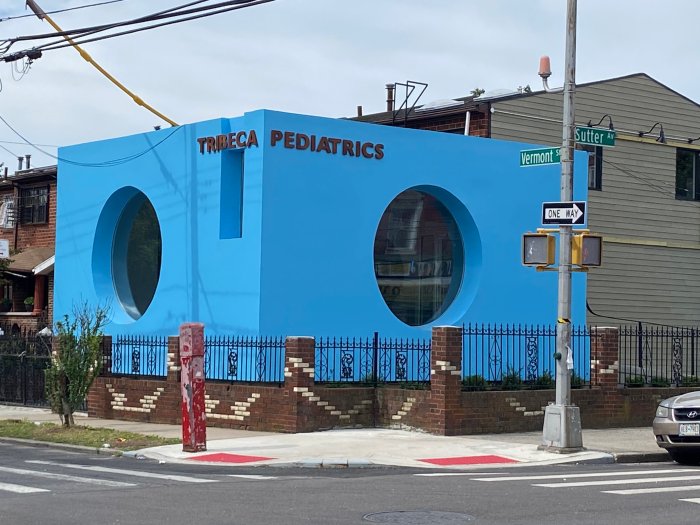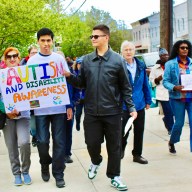A new study finds that treating HIV infected community members reduces the spread of the virus to others within that community. The study found that as more and more community members are put on treatment, fewer and fewer people become infected with the virus.
The community “treatment as prevention” study results were presented in Seattle at the Conference of Retrovirus and Opportunistic Infections.
Researchers from the Africa Centre for Health and Population Studies used HIV surveillance data collected in KwaZulu-Natal, a poor rural area of South Africa where almost one out of three have HIV. Over time, about 20,000 individuals among 228,000 area residents were put on HIV treatment.
The study found that for each percentage point increase for those in the area who were put on HIV treatment there was a significant decrease in HIV transmission.
When HIV treatment coverage reached 20 percent of the infected population, there was a 22 percent decline in HIV infections community-wide, said study researcher Frank Tanser, PhD, of the Africa Centre for Health and Population Studies in South Africa. “In communities where HIV treatment achieved 30 percent, the individuals’ HIV acquisition was 38 percent less likely.”
The results have implications for HIV at-risk communities well beyond AIDS ravaged Africa. Here in the United States greater HIV treatment access should achieve the same “Treatment as Prevention” reductions in new transmissions for affected communities.
“These findings are extremely important,” said Paul De Lay, deputy executive director, Programme, Joint United Nations Programme on HIV/AIDS.
“The results give clear evidence that HIV incidence is reduced as a result of high coverage of antiretroviral therapy,” added Dr. Tanser.
The research also confirms last year’s breakthrough study that proved the concept of Treatment as Prevention. It found that effectively treating HIV infection provides an HIV prevention bonus of reducing the spread of the virus for couples where one partner in HIV infected and the other is not. The groundbreaking study, known as HPTN 052, found that if an HIV-positive person stays on antirviral therapy, the risk of transmitting the virus to their uninfected sexual partner can be reduced by 96 percent. That study was conducted among African heterosexual couples, not on a community-wide scale like the new study.
The new study sets a community-wide standard for Treatment as Prevention. A standard that can be improved upon through enhanced treatment access. It will be especially useful in fighting the virus in HIV infected community hot-spots, whether they are in Africa, Asia, or urban and rural North America.
“It is the first time that we have been able to show such results in a population setting––an important finding which will help guide the AIDS response,” added Dr. Tanser.























